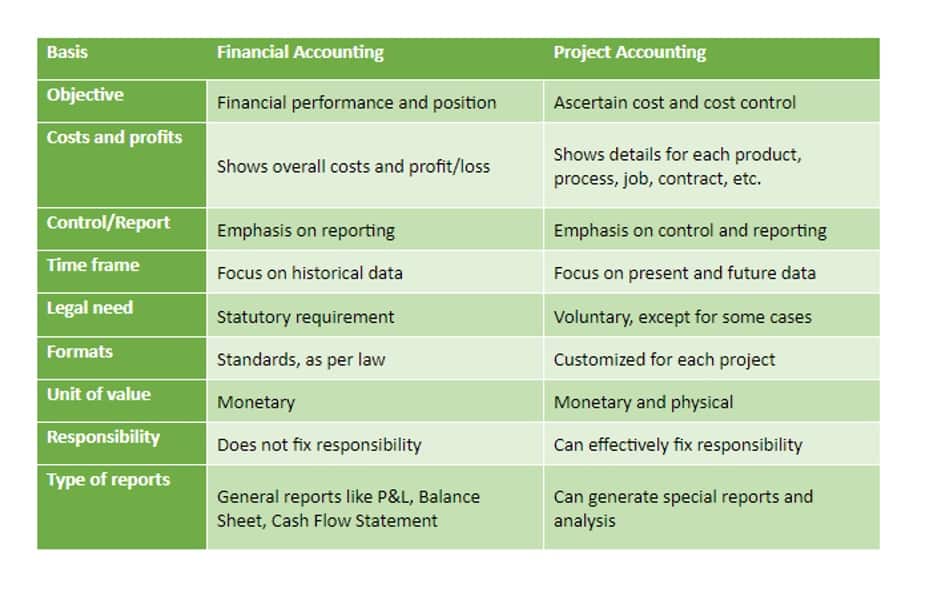How to Use QuickBooks Online: Step-By-Step Guide
Whichever service you use, you’ll want it integrated what is a fiscal year with your accounting software to automate your tax process. QuickBooks, on the other hand, is a software dedicated only to accounting. It has features required specifically for accounting like income and expense tracking, payroll management, invoicing and inventory management. You have easy access to all the common financial statements like balance sheet, profit and loss (P&L) statement, cash flow statements and taxes filed.
How to Use the QuickBooks Mobile App
Invoicing is one of the most crucial functions for many businesses, especially those that provide services or rely on freelancers. QuickBooks makes it easy to create invoices either from scratch or from an earlier estimate. All these apps integrate seamlessly with each other and QuickBooks accounting software, thus building a well-rounded accounting and payments ecosystem for your small and mid-sized business. We’d also highly recommend FreshBooks, a solution that has almost as many features and comes at a slightly lower price. It’s a particularly attractive pick for ecommerce businesses, since it has inventory management tools across all plans, while QuickBooks lacks this tool across its lowest two plans, Simple Start and Essentials.
Learn about what the Chart of Accounts is and how it is used on transactions along with different parts of the Chart of Accounts. Find out how the Chart of Accounts is used to build financial statements. Another plan separate from QuickBooks Online but offering many of the same features is QuickBooks Solopreneur. This subscription plan is specifically for freelancers and independent contractors and is priced at $10 per month, then $20 per month. Even for payroll, which has a huge tax liability, taxes are calculated automatically every cycle. In this article, we will discuss what QuickBooks is and how it works so that you can understand the different ways in which it can help you save time and be on top of your financial statements.
Employee Time and Expense Tracking
- QuickBooks Online is available both as a desktop application and an online SaaS (software as a service) model.
- Even for payroll, which has a huge tax liability, taxes are calculated automatically every cycle.
- To get the best possible experience please use the latest version of Chrome, Firefox, Safari, or Microsoft Edge to view this website.
- Your “Account and Settings” menu includes the “Sales” and “Expenses” tabs, and beginners will need to add data to both these pages in order to allow the QuickBooks software to correctly generate reports.
Learn about the different ways you can record your spending, how to record and categorize your spending and the difference between bills, bill payments, expenses, and checks in QuickBooks. A seasoned small business and technology writer and educator with more than 20 years of experience, Shweta excels in demystifying complex tech tools and concepts for small businesses. Her work has been featured in NewsWeek, Huffington Post and more. Her postgraduate degree in computer management fuels her comprehensive analysis and exploration of tech topics. The inventory management and job costing features are more robust in QuickBooks compared to QuickBooks Online.
Connect your payroll software to Quickbooks
Your accountant can then navigate to the main “Reconcile” page and select the “History by account” button on the upper-right corner. This allows them to undo the previous transaction without needing to manually edit individual transactions from within the register. Learn about the two ways on how to add customers in QuickBooks in order to easily invoice along with autofill information on sales forms. Learn how to create custom templates and add custom fields to your invoices in QuickBooks.
Straightforward Inventory Management
The main user should be the “primary admin,” but you can add other admins or standard users (with customized levels of access). Learn how to send reminders to customers when invoices are overdue, and also how to set up batch actions to send multiple invoice reminders in QuickBooks. Cassie is a former deputy editor who collaborated with teams around the world while living in the beautiful hills of Kentucky. Prior to joining the team at Forbes Advisor, Cassie was a content operations manager and copywriting manager.
The payroll add-on calculates payroll automatically as often as you want. Three plans give your business the scalability to grow over time and add features as necessary. The Core plan offers everything a small to midsized business would need to get started, while Premium and Elite plans enable options such as same-day direct deposit and expert assistance with setup. We can also offer deals on the best payroll software solutions on the market.










